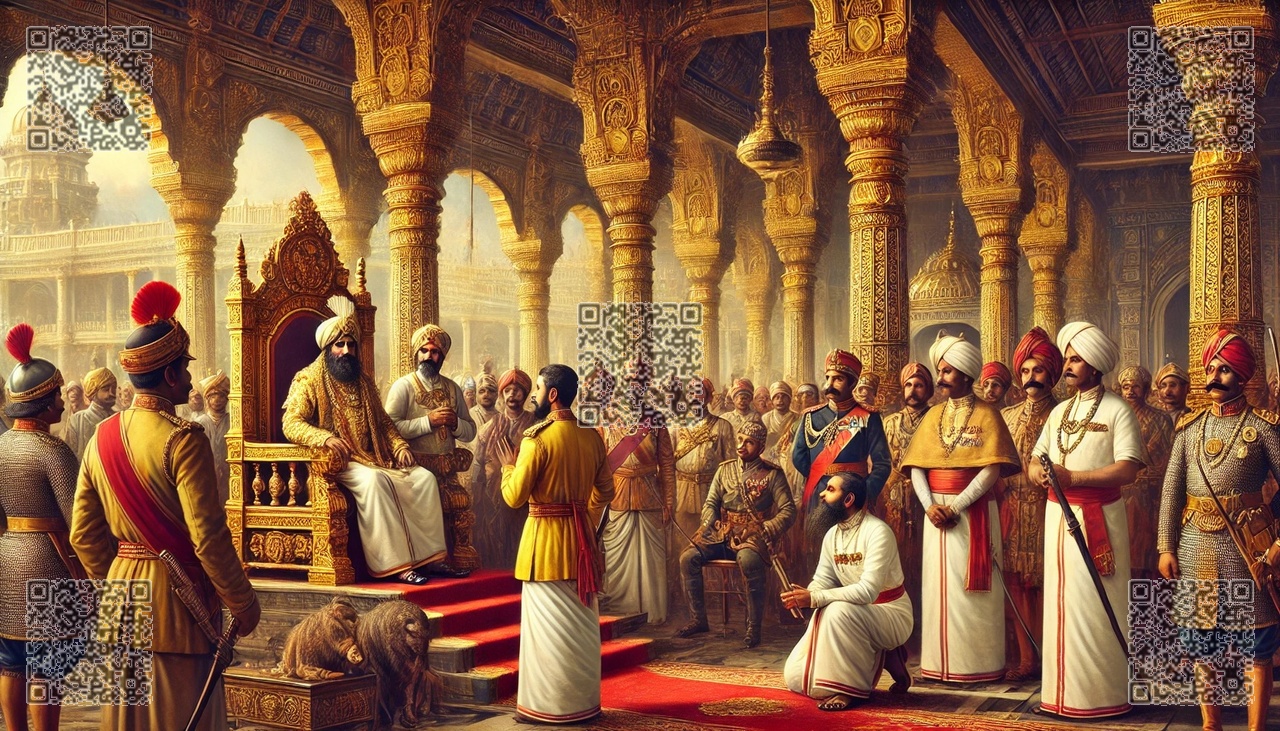
Steadfast Under the Crown: Shekharan Channar’s Covert Kalaris
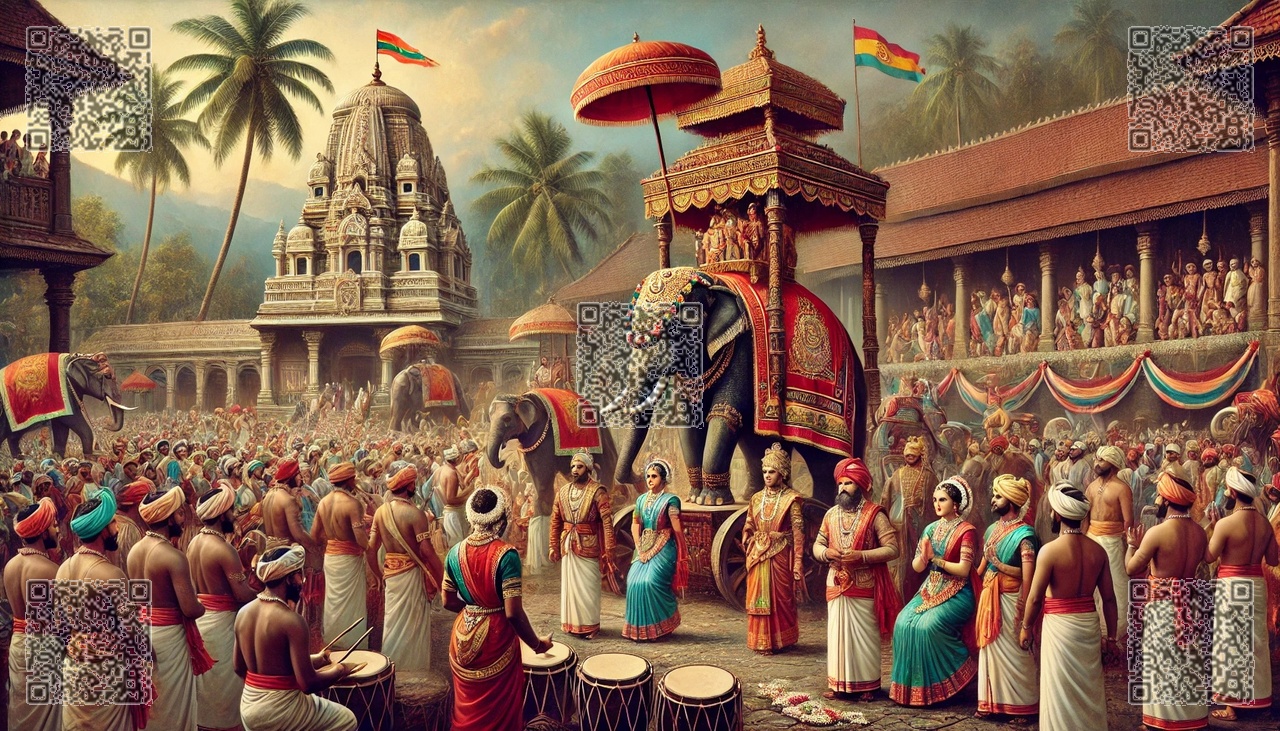
Well into the 19th century, colonial directives in Kerala posed a grave threat to local customs—none more so than Kalarippayattu, the ancient martial art system. The British sought to restrain anything that empowered natives to fight back, and so they imposed bans on Kalaris. Teachers were suppressed, their halls forced to shut down or risk punishment. Amid this turmoil rose the figure of Shekharan Channar, a resourceful entrepreneur famed for his liquor-lease successes and bold management of family affairs.
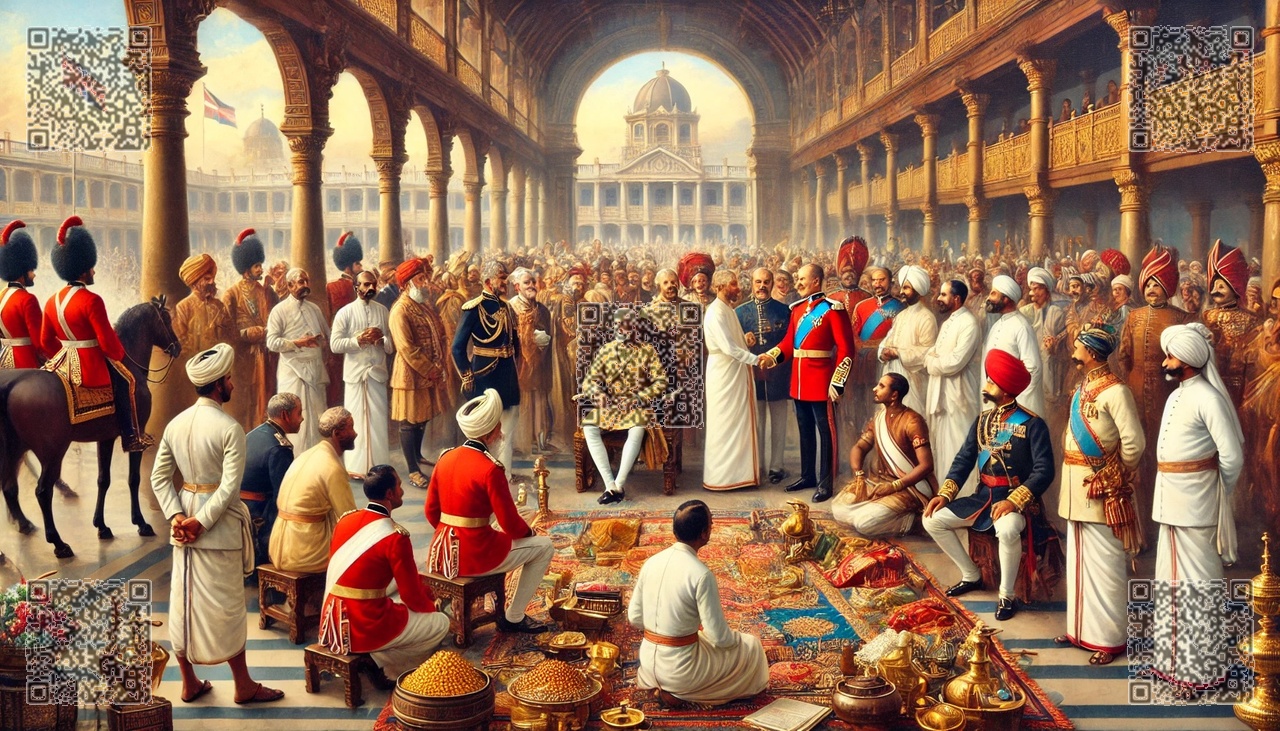
Though rarely mentioned in official records, clandestine whispers recounted how Shekharan refused to stand idle while the British rule dismantled the heritage he cherished. Being a man of both wealth and cunning, he turned his traveling merchant’s routine—normally dedicated to forging business ties—into a network of subterfuge. With secrecy and strategy, he assembled loyal masters of Kalarippayattu, directing them to places hidden from British eyes.
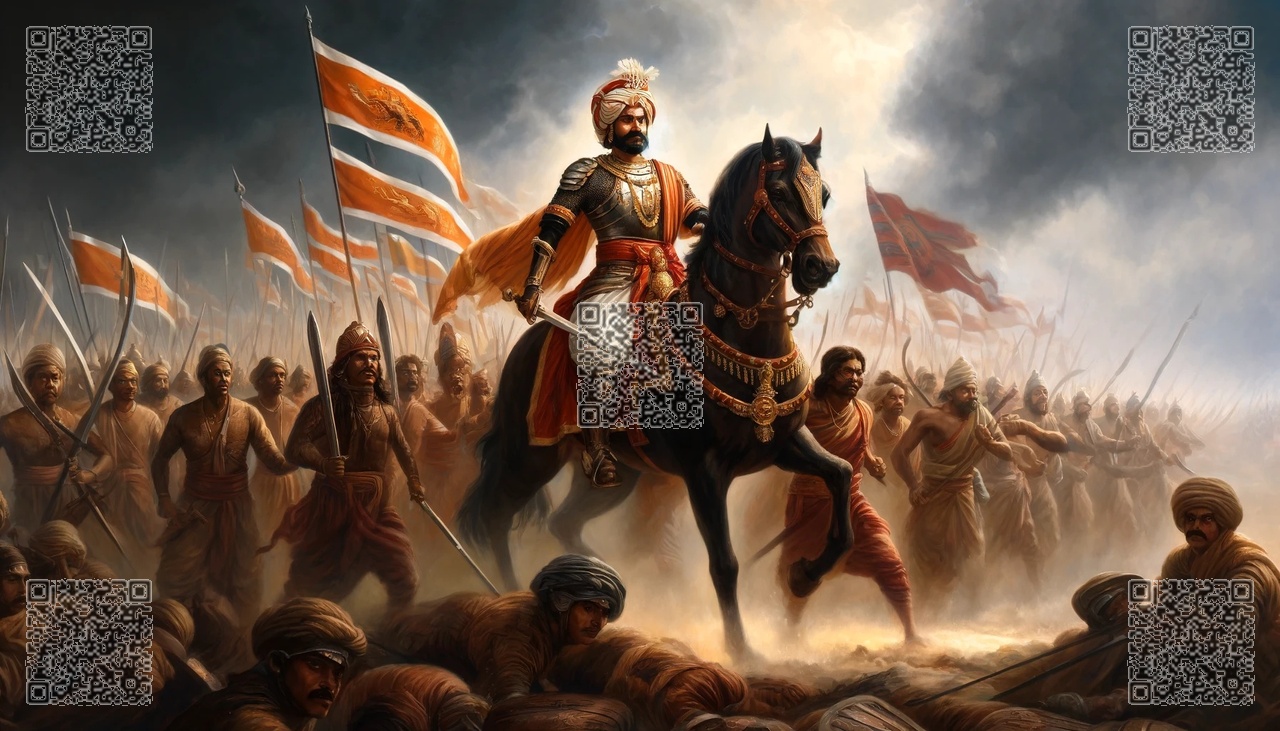
A Web of Secret Training Halls
While some Kalaris shut their doors in despair, Shekharan found ways to revive them under new guises. He would discreetly purchase old barns or disused storehouses in remote locales, often at the edge of palm groves or behind bustling trade routes. By day, these properties resembled simple warehouses or workshops. By night, lanterns burned low on earthen floors as a select group of students gathered to train under experienced Gurukkals.
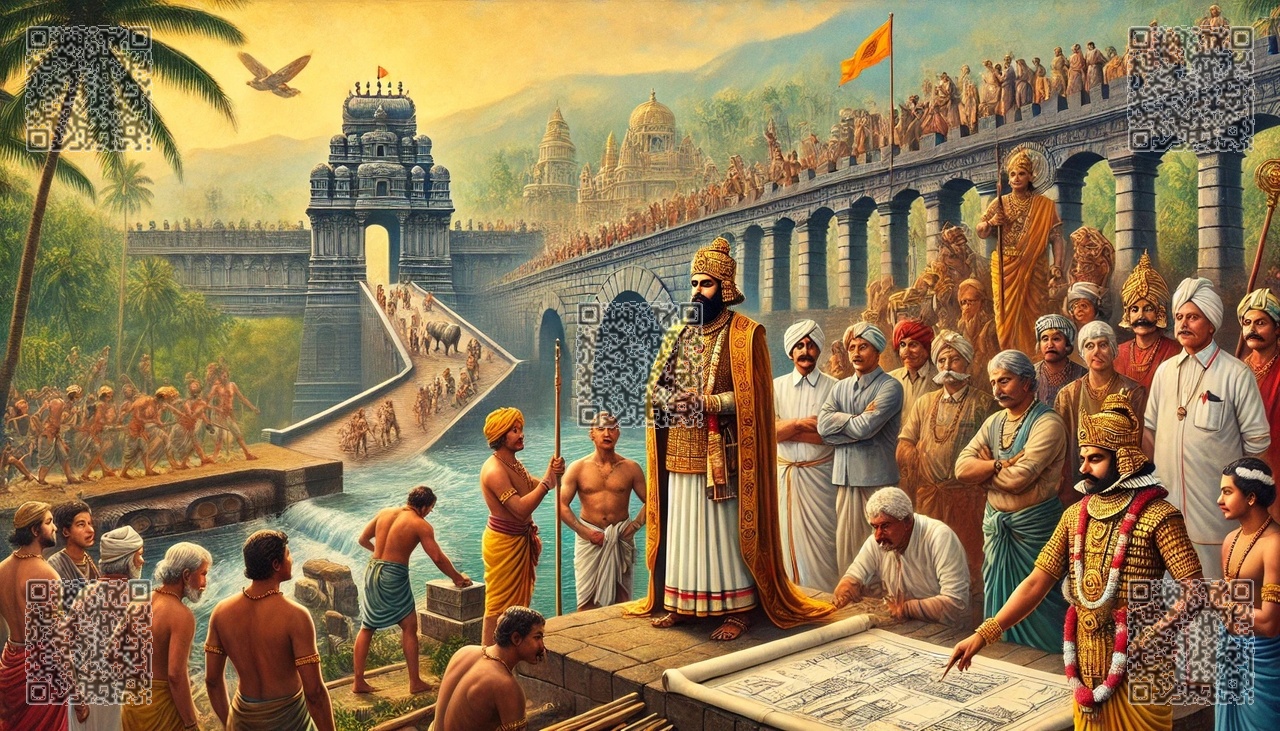
Squads of Diwan soldiers or even discreet representatives of the Maharaja’s guard sometimes joined these late-night lessons. Shekharan ensured the instructors were equipped with wooden staffs, swords forged in secret, and protective gear. In hushed tones, the teachers passed on acrobatic footwork, blade techniques, and the spiritual discipline intrinsic to Kalarippayattu. Should rumors catch a British officer’s ear, the locals would pass it off as a private gathering—perhaps for festivals or temple construction—anything but martial training.
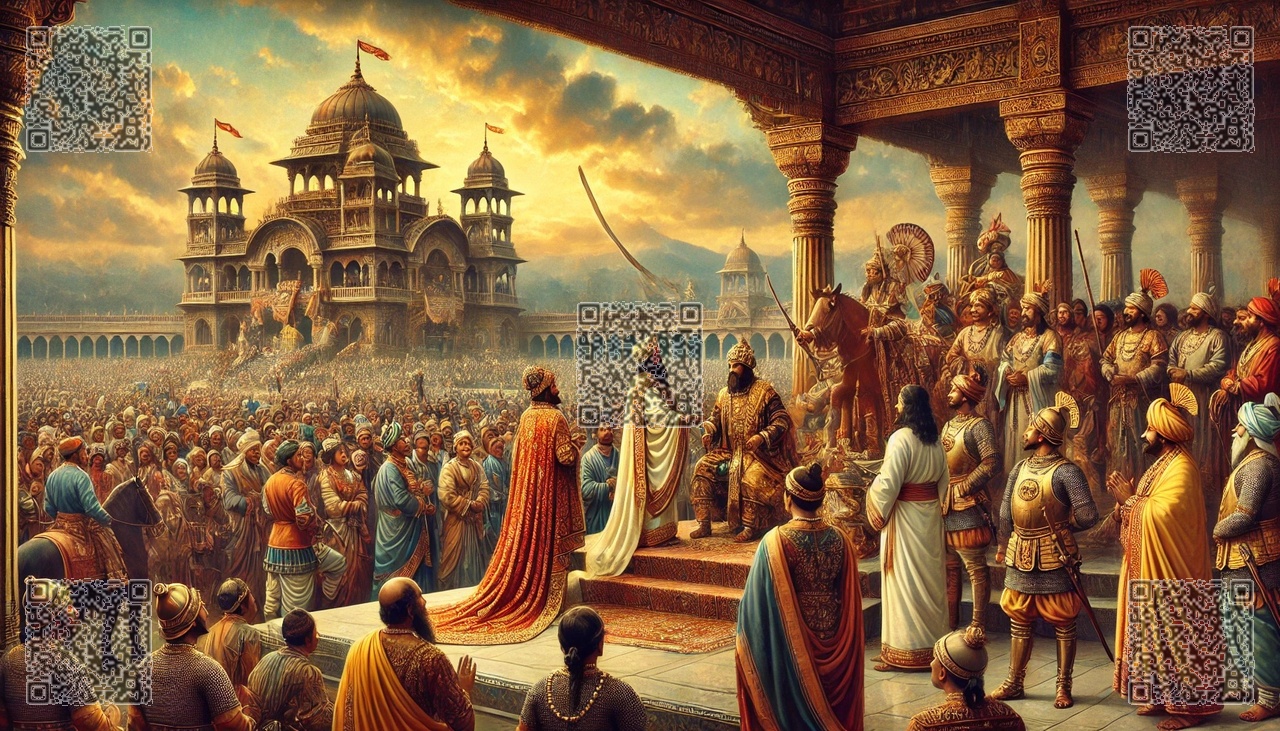
Disguised Sanctuaries
A hallmark of Shekharan’s ingenuity lay in converting prominent Kalaris into temple-like precincts to keep them from the British crackdown. He would fund renovations, install deity statues, and rename them as shrines—publicly revered structures where no one would suspect the practice of martial arts. Only trusted students knew that behind the main worship hall, a hidden courtyard or side chamber was used at dawn or twilight for training. Since the British were less likely to desecrate a place of worship, these covert sanctuaries endured, preserving Kerala’s traditional combat arts.
Deception and Diplomacy
Shekharan’s reputation as a wealthy businessman with government ties helped smooth over potential suspicions. He was known for meeting with high-ranking Diwans in Thiruvananthapuram, overseeing land deeds, and managing liquor-tax contracts across Travancore. As a result, no one suspected that these travels sometimes involved covert visits to meet Kalarippayattu masters, delivering funds or armaments smuggled in unmarked crates.
If ever British agents arrived with questions, they typically found nothing but men loading spice sacks or shifting old wooden planks. Shekharan’s coolheaded presence and well-maintained books of accounts reassured officials that they were dealing with a legitimate merchant—a man far more interested in trade than in fueling rebellion. Behind closed doors, however, lessons continued unabated, forging a silent but formidable front.
A Shared Resistance
To some villagers, rumors circulated of a small rebellion that gathered in candlelit barns, forging disciplined fighters who answered not to the British but to the Maharaja’s sense of duty and to the Keralite identity. Though Shekharan never openly declared hostility against the Crown, his every action preserved the Kalaris’ lifeblood. Soldiers under the Maharaja and Diwan honed their skills in these hidden outposts, sometimes slipping out under the cover of night to avoid detection.
A Lasting Legacy
Over time, colonial oversight eased, but not before Shekharan’s covert network had provided crucial training to a generation of capable warriors. By the time the British turned their attention more intensely elsewhere, many of these Kalaris had quietly re-emerged as recognized institutions, their students proud inheritors of a martial art that nearly vanished under colonial pressure.
Though numerous tales exist of Shekharan Channar’s exploits—his cunning in property disputes, his transformation of old halls into shrines—few surpass the legend of how he shielded the forbidden Kalaris from extinction. To his community, it was a true testament of loyalty and vision: safeguarding both tradition and dignity, even beneath the shadow of foreign power.



